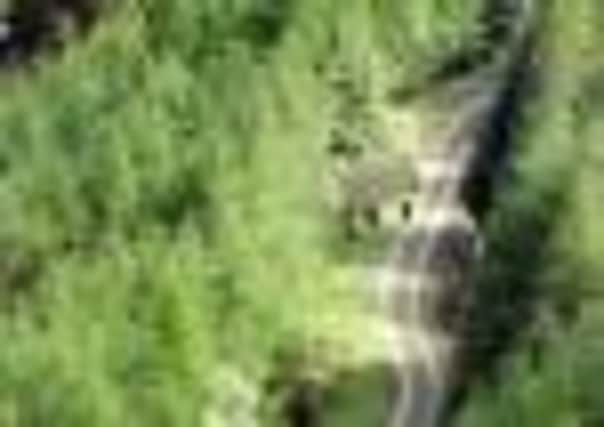Police fear it will take decades to find body


A former senior police officer has told the Evening News that the discovery of bones in Holyrood Park earlier this week highlighted how a body can lie undiscovered even in a populated area for years.
But a combination of advances in forensic techniques and the constant chance of a breakthrough clue will mean the hunt will always continue.
Advertisement
Hide AdAdvertisement
Hide AdHundreds of police and volunteers have carried out fruitless searches across hundreds of square miles of remote mountains around the Rest and Be Thankful and Hell’s Glen areas in Argyll after Gilroy’s car was traced to the area. The search operations have helped make the inquiry one of the most expensive in Lothian and Borders Police’s history, with the bill in excess of £320,000.
The source told the Evening News: “The problem is we are talking about an absolute wilderness. A searcher could have walked five feet from that body and never known it.
“But the police will have carried out exhaustive searches, and not haphazardly either. There’s been sniffer dogs and aerial reconnaissance to look for signs of disturbed earth. Areas will have been checked for signs of microbiotic activity that suggests the presence of a body.
“The bones found in Holyrood Park shows the difficulties involved. That’s an area in the middle of a densely populated city where hundreds of people have probably walked past it and it was never found.
“It also means that there is hope. History has shown that it’s quite amazing how bodies can turn up, sometimes many years later. They might be found by dog walkers or unearthed by animals.”
The former officer added: “Of course, police will be hoping that Gilroy will tell them where he has hidden the body.
“The search now will be intelligence-led and very focused. The inquiry will never be closed while there is not a body. Police will be hoping for further witnesses to come forward and the intense media coverage of the trial may spur someone to come forward who remembers seeing Gilroy’s car, for instance. There’s been cases where witnesses come forward 20 or 30 years later.
“We also don’t know what forensic developments may be available. Forensic science is advancing so rapidly that we couldn’t have dreamed of things we have now even five years ago.”
Advertisement
Hide AdAdvertisement
Hide AdDetective Superintendent Gary Flannigan, who led the inquiry, said the case would never properly be closed until Suzanne’s remains were recovered.
He declined to speculate on whether Ms Pilley’s body was buried or dispose of in some other way, saying: “We just don’t know.”
Gilroy bought charcoal for a barbecue at a petrol station in Craigleith Road at around 4pm on May 4, just hours after he had killed Ms Pilley and with her body in the boot of his car.
Det Supt Flannigan said officers were not able to recover the charcoal, which Gilroy claimed had ben used at a family barbecue.
The officer added: “We weren’t able to contradict that.”